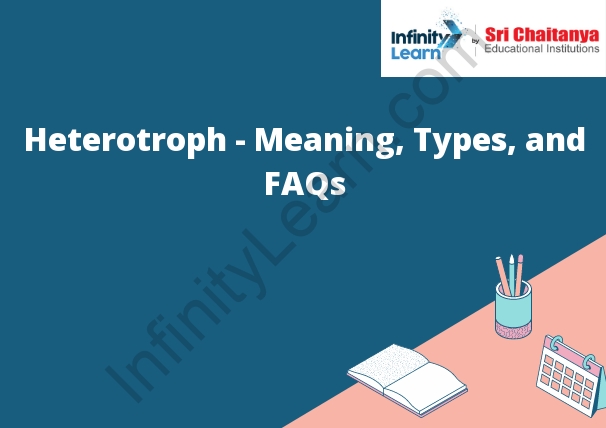Table of Contents
What are Heterotrophs?
Heterotrophs are organisms that cannot make their own food and must rely on other organisms to get their nutrients. Autotrophs are organisms that can make their own food and do not need to rely on other organisms.

Heterotroph Definition
A heterotroph is an organism that cannot produce its own food and must rely on other organisms to get the energy and nutrients it needs to survive.
Heterotrophs are organisms that require organic carbon for their growth and development. They are unable to produce their own organic carbon and must obtain it from other sources. The most common heterotrophs are plants and animals.
A heterotroph is an organism that cannot produce its own food and must rely on other organisms for sustenance. There are many different types of heterotrophs, including animals, plants, and fungi. Heterotrophs are important for the cycle of life, as they are responsible for consuming and breaking down organic matter. Without heterotrophs, the world would be filled with dead plants and animals.
Types of Heterotrophs
There are three types of heterotrophs:
-Saprotrophs: These heterotrophs break down dead organic matter and use the nutrients to survive.
-Detritivores: These heterotrophs feed on dead plant and animal material.
-Parasites: These heterotrophs rely on another living organism to survive, and they typically do not harm their host.
Plant and Animal Heterotrophs
Heterotrophs are organisms that cannot produce their own food and must obtain energy from other sources. There are two types of heterotrophs: plant heterotrophs and animal heterotrophs.
Plant heterotrophs are organisms that obtain energy from the sun by photosynthesis. They include all plants and algae. Animal heterotrophs are all animals, including humans. They obtain energy by eating other organisms or their products.
A heterotroph is an organism that cannot produce its own food and must rely on other organisms to obtain nutrients. There are two types of heterotrophs: plant heterotrophs and animal heterotrophs.
Plant heterotrophs are organisms that consume other plants to obtain nutrients. There are two types of plant heterotrophs: parasitic plants and saprotrophs. Parasitic plants attach themselves to other plants and extract nutrients from their hosts. Saprotrophs consume dead plant material to obtain nutrients.
Animal heterotrophs are organisms that consume other animals to obtain nutrients. There are three types of animal heterotrophs: parasites, predators, and scavengers. Parasites attach themselves to other animals and extract nutrients from their hosts. Predators kill and consume other animals to obtain nutrients. Scavengers consume dead animal material to obtain nutrients.



